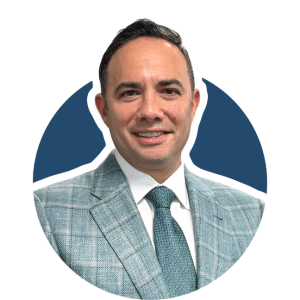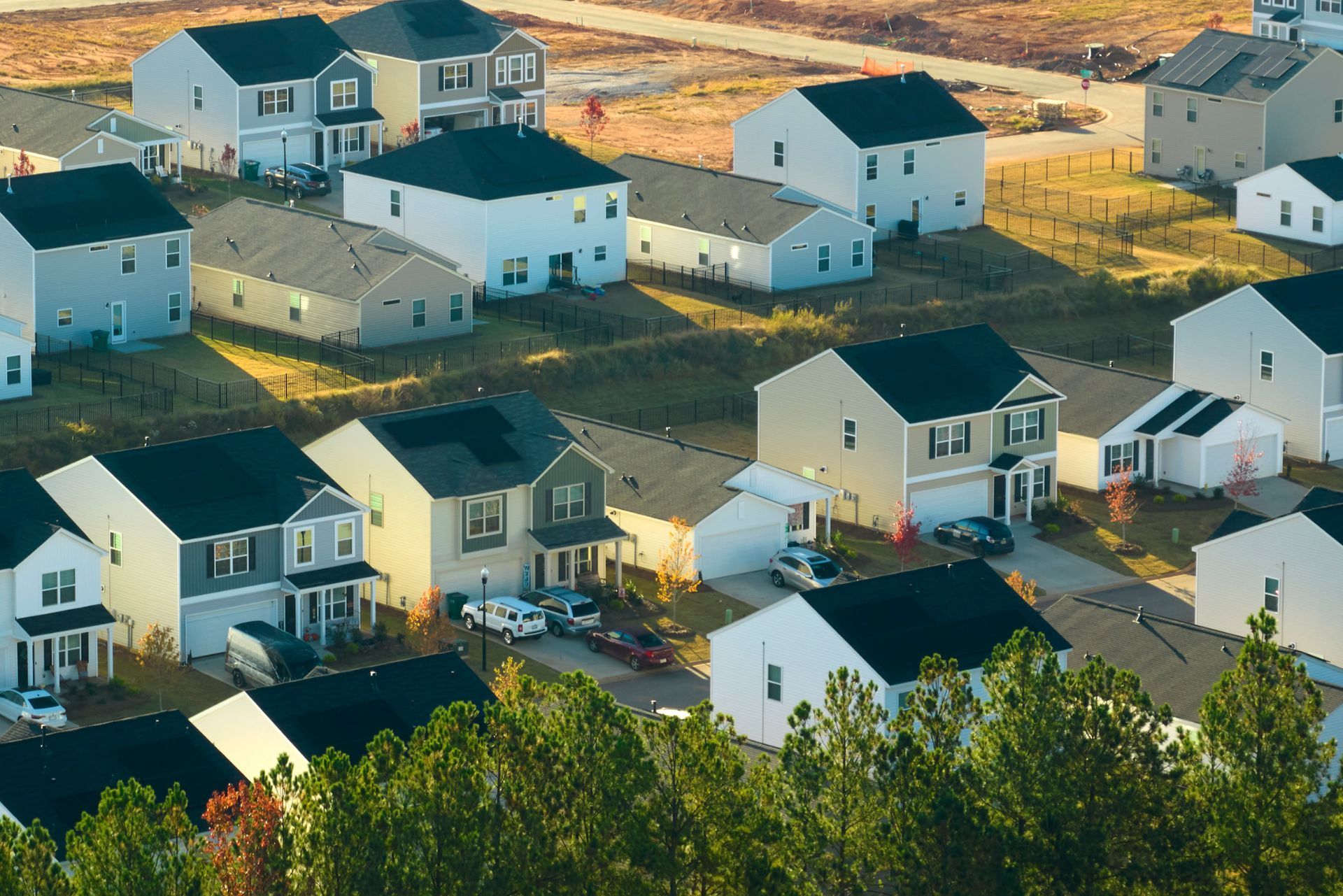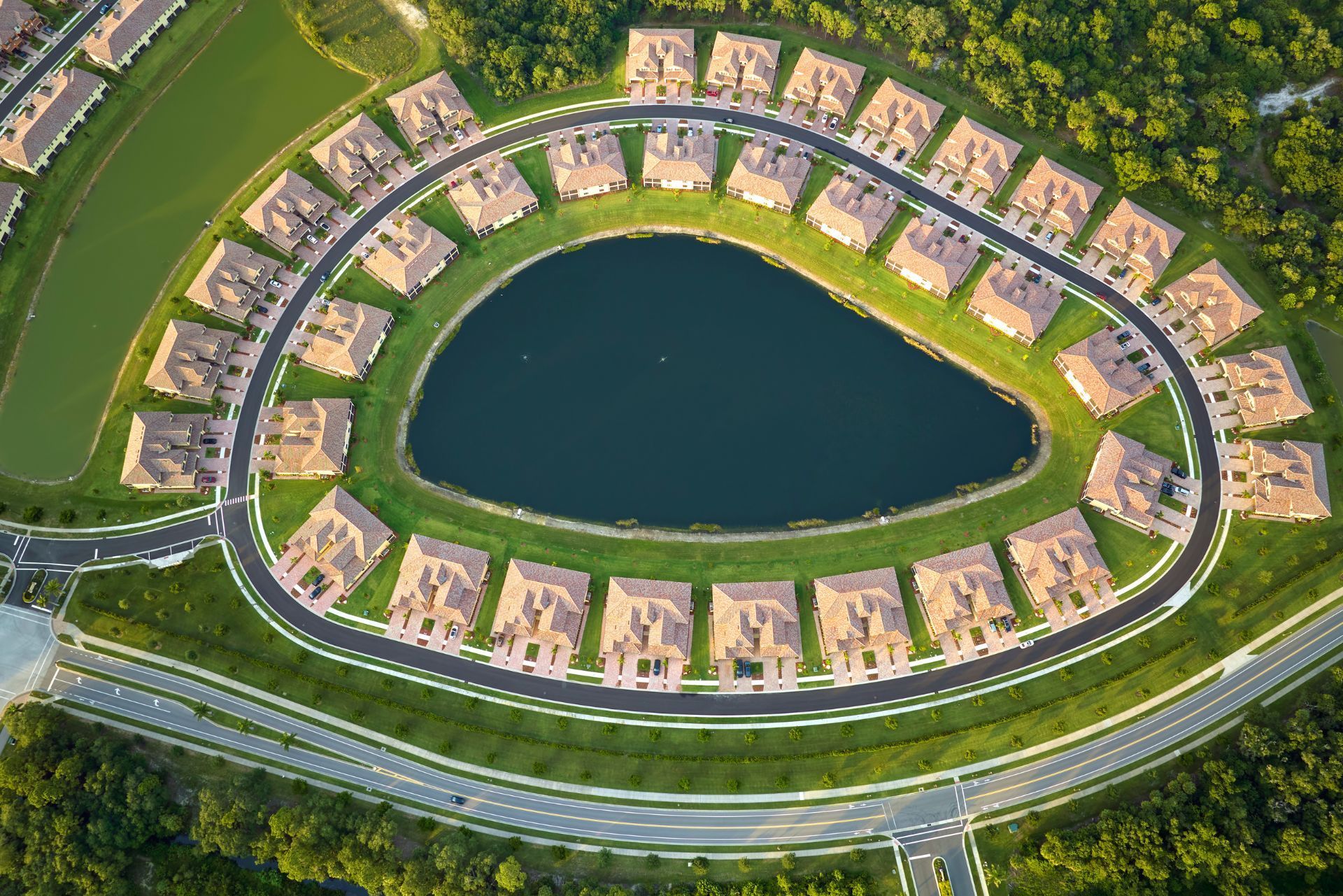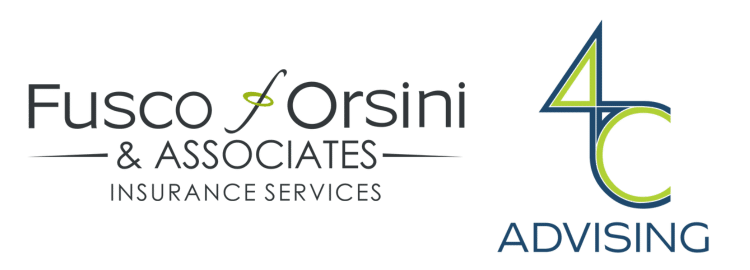Top 3 Recommended Policies

Homeowners Associations (HOAs) in Oregon are facing a rapidly changing insurance landscape, driven by rising premiums, increased natural disaster risks, and evolving regulatory efforts. For HOA boards, property managers, and homeowners alike, understanding the nuances of HOA insurance in Oregon is more critical than ever. This comprehensive guide explores the current state of HOA insurance, the factors influencing costs, and practical steps to navigate this challenging environment.
Recent data shows that homeowners' insurance premiums in Oregon have surged nearly 30% since 2020, with some areas experiencing increases as steep as 600%. This dramatic shift underscores the urgency for HOAs to reassess their insurance strategies and risk management practices.
Understanding HOA Insurance in Oregon
HOA insurance typically covers common areas, shared structures, and liability risks that individual homeowners' policies do not. In Oregon, these policies are increasingly complex due to the state’s heightened exposure to wildfires and other natural disasters. The insurance industry is adjusting to these risks, which directly impacts the availability and affordability of coverage for HOAs. As climate change continues to exacerbate these environmental threats, HOAs must remain vigilant in evaluating their insurance needs and ensuring they are adequately protected against potential losses.
According to the Foundation for Community Association Research, 90% of HOAs have reported increased property and casualty insurance premiums, with nearly a quarter seeing hikes between $101 and $500 per homeowner. This trend reflects a broader challenge that HOAs must confront to maintain financial stability and protect their communities. As these costs rise, many associations are exploring alternative risk management strategies, including increasing their deductibles or investing in preventative measures to mitigate potential claims.
What Does HOA Insurance Cover?
HOA insurance policies usually include coverage for:
- Property damage to common areas such as clubhouses, pools, and landscaping
- Liability protection for accidents occurring in shared spaces
- Directors and Officers (D&O) liability to protect board members from legal claims
- Fidelity bonds to guard against employee dishonesty
However, the extent of coverage can vary significantly depending on the HOA’s governing documents and the insurer’s underwriting criteria, especially in high-risk areas prone to wildfires. Additionally, many HOAs are now considering endorsements or additional riders to their policies to cover emerging risks, such as cyber liability, which can arise from the increasing reliance on digital communication and management tools. This evolving landscape necessitates that HOA boards stay informed about their insurance options and actively engage with insurance providers to tailor their coverage to the unique needs of their community.
Furthermore, the role of community engagement in managing insurance matters cannot be overstated. Regular meetings and open forums can help educate homeowners about the importance of adequate insurance coverage and the potential implications of rising premiums. By fostering a culture of transparency and collaboration, HOAs can empower their members to make informed decisions regarding their insurance policies and contribute to a more resilient community overall. This proactive approach not only enhances the understanding of insurance complexities but also strengthens the bonds among residents, ultimately leading to a more cohesive living environment.
Factors Driving Rising HOA Insurance Premiums in Oregon
Several key factors contribute to the sharp increase in HOA insurance premiums across Oregon. Chief among these is the growing frequency and severity of natural disasters, particularly wildfires. Kenton Brine, president of the Seattle-based nonprofit NW Insurance Council, explains that insurers are grappling with "a dramatic increase in natural disaster related losses," which has forced them to raise rates and tighten underwriting standards.
Additionally, the overall market conditions for property insurance have tightened nationwide, with Oregon reflecting these trends. The state's Department of Consumer and Business Services reported in 2024 that homeowners' insurance premiums have climbed nearly 30% since 2020, mirroring national patterns.
The Impact of Wildfires
Oregon’s wildfire seasons have become longer and more destructive, leading to significant property losses. This heightened risk translates into higher premiums and, in some cases, limited availability of coverage for HOAs located in vulnerable regions. Some communities have seen premium increases as high as 600% over four years, making insurance a major financial burden.
These challenges are compounded by the fact that many HOAs manage older properties that may not meet current wildfire mitigation standards, increasing their risk profile in the eyes of insurers. In addition to the physical risks, the psychological impact on residents cannot be overlooked. Homeowners are increasingly anxious about the potential for loss, prompting many to advocate for enhanced community preparedness measures. This includes investing in fire-resistant landscaping, creating defensible space around properties, and implementing community-wide emergency response plans. Such proactive steps not only aim to reduce risk but can also demonstrate to insurers that the HOA is taking significant measures to mitigate potential losses, which may help in negotiating better rates.
Moreover, the economic implications of rising insurance costs extend beyond mere premiums. Increased rates can strain HOA budgets, leading to higher dues for residents and potentially limiting funds available for community improvements or maintenance. This financial pressure can create tension within communities, as residents grapple with the balance between necessary insurance coverage and the affordability of living in their neighborhoods. As HOAs navigate these turbulent waters, many are seeking innovative solutions, such as forming coalitions to leverage collective bargaining power with insurers or exploring alternative insurance models that might offer more stability and predictability in premiums.

Recent Initiatives to Support Oregon HOAs
Recognizing the insurance challenges faced by homeowners and HOAs, Oregon’s State Fire Marshal partnered in May 2025 with the Insurance Institute for Business and Home Safety to promote wildfire resilience. This collaboration aims to help homeowners harden their properties against fire risks, which can improve eligibility for insurance and potentially moderate premium increases.
By adopting recommended mitigation measures such as defensible space creation, fire-resistant landscaping, and building upgrades, HOAs can demonstrate proactive risk management to insurers. This partnership reflects a growing trend toward integrating risk reduction with insurance strategies to maintain coverage options.
In addition to these measures, the initiative also emphasizes the importance of community education and engagement. Workshops and informational sessions are being organized to inform residents about the best practices for wildfire preparedness. These sessions will cover topics such as emergency evacuation plans, the importance of maintaining clear access routes for fire services, and the role of community collaboration in enhancing overall safety. By fostering a culture of preparedness, HOAs can not only protect their properties but also strengthen community bonds.
Furthermore, the initiative encourages the use of technology in monitoring and managing fire risks. Homeowners are being introduced to various apps and tools that can help them stay informed about fire weather conditions, receive alerts about potential threats, and connect with local resources. This tech-savvy approach aims to empower residents to take immediate action when faced with wildfire risks, thereby enhancing the overall resilience of Oregon communities. More details on this initiative are available through the
Oregon Capital Chronicle.

Financial Implications for Oregon HOAs and Homeowners
The rising cost of HOA insurance inevitably affects individual homeowners, often through increased HOA dues or special assessments. The Foundation for Community Association Research survey highlights that 24% of HOAs reported premium increases between $101 and $500 per homeowner, a significant expense for many families. This financial strain can lead to difficult decisions for homeowners, particularly those on fixed incomes or with limited financial flexibility. As costs rise, some may find themselves unable to meet these new financial demands, potentially leading to increased delinquency rates within the community.
On average, the annual cost of homeowners insurance in Oregon for a typical policy with $300,000 dwelling coverage and a $1,000 deductible stands at $1,315 in 2025. While this figure pertains to individual policies, it provides context for the overall insurance market pressures impacting HOAs as well. The ripple effects of these costs can be felt throughout the community, as homeowners may need to cut back on other essential expenses, such as maintenance or home improvements, to accommodate rising dues. Additionally, the financial burden can dampen property values, as prospective buyers may be deterred by the prospect of high HOA fees, further complicating the market dynamics.
Market Outlook for HOA Industry in Oregon
The Homeowners' Associations industry in Oregon is projected to reach a market size of $158.3 million by 2025, with 185 establishments employing over 1,000 people. This growth underscores the importance of robust insurance solutions to support the expanding community infrastructure and protect investments. As the number of HOAs increases, so too does the complexity of managing these associations, necessitating skilled professionals who can navigate the intricacies of insurance, finance, and community governance.
However, rising insurance costs and coverage limitations pose risks to this growth, particularly if HOAs struggle to secure affordable protection. Industry experts warn that insurers are increasingly cautious, with some even dropping HOA coverage, which threatens the stability of condominium markets and other shared housing models. The potential for increased litigation due to inadequate coverage further complicates the landscape, as HOAs may find themselves vulnerable to lawsuits stemming from maintenance issues or accidents within common areas. This precarious situation emphasizes the need for HOAs to explore alternative risk management strategies, such as self-insurance pools or collaborative insurance models that could mitigate costs while ensuring adequate coverage for all community members.
Strategies for Managing HOA Insurance Challenges
Given the complex insurance environment, Oregon HOAs can adopt several strategies to mitigate risks and control costs:
- Risk Assessment and Mitigation: Conduct thorough evaluations of wildfire and other natural disaster risks, then implement mitigation measures such as fire-resistant landscaping and structural upgrades.
- Engage with Insurance Professionals: Work closely with brokers who specialize in HOA insurance to explore all available coverage options and negotiate terms.
- Increase Transparency with Homeowners: Keep residents informed about insurance challenges and potential impacts on dues or assessments to foster community support.
- Advocate for Regulatory Support: Participate in state and local initiatives aimed at improving insurance availability and affordability.
By taking a proactive approach, HOAs can better navigate the insurance market’s volatility and protect their communities from financial strain.
In addition to these strategies, it is crucial for HOAs to establish a comprehensive communication plan that includes regular updates and educational workshops for homeowners. These workshops can cover topics such as understanding insurance policies, the importance of adequate coverage, and how residents can contribute to risk reduction efforts. By fostering a culture of awareness and preparedness, HOAs can empower residents to take an active role in safeguarding their community, ultimately leading to a more resilient neighborhood.
Furthermore, exploring alternative insurance models, such as group purchasing or self-insurance pools, can provide HOAs with additional options to manage costs effectively. By collaborating with other associations, HOAs may gain access to better rates and tailored coverage that meets their specific needs. This collective approach not only enhances bargaining power but also builds a network of support among communities facing similar challenges, creating a stronger foundation for addressing insurance-related issues in the future.
Conclusion: Preparing for the Future of HOA Insurance in Oregon
Oregon’s HOA insurance landscape is undergoing significant transformation, driven by escalating natural disaster risks and shifting market dynamics. With premiums rising sharply and coverage becoming more restrictive, HOAs must prioritize risk management and strategic planning.
Partnerships like the one between Oregon’s State Fire Marshal and the Insurance Institute for Business and Home Safety offer promising pathways to enhance resilience and maintain insurance access. Meanwhile, staying informed about market trends and engaging with knowledgeable insurance professionals will be key for HOAs to safeguard their communities.
For those interested in the latest insurance cost data, Insurify provides current average premiums in Oregon, offering valuable benchmarks for budgeting and planning.
Ultimately, Oregon HOAs that embrace proactive risk reduction and transparent communication will be best positioned to thrive amid the evolving insurance challenges ahead.
Contact Us
Phone
Location




